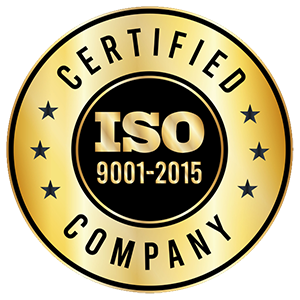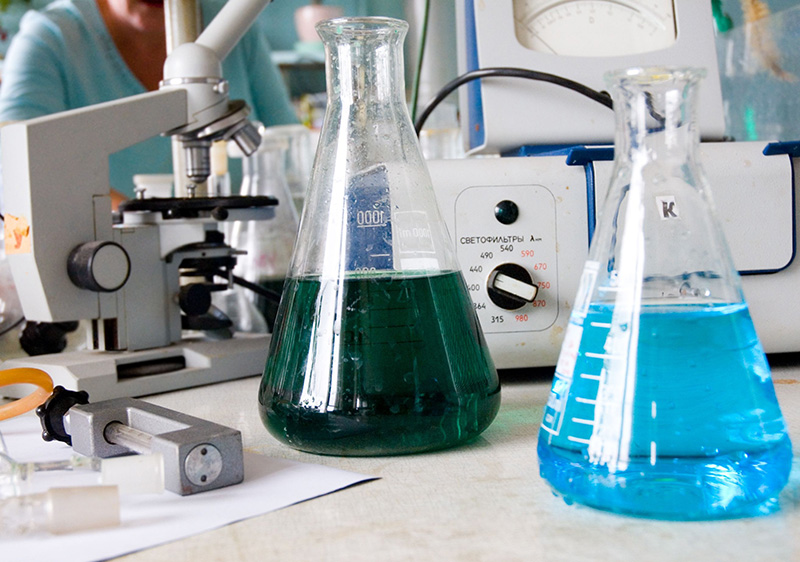At National Polymer, we utilize a reverse engineering workflow for analyzing a polymer blend of unknown components and then reconstructing that compound for production use. Once we have determined all the components that comprise the polymer being analyzed through the reverse engineering process, we then recreate that polymer, optimizing for cost and performance. Next, we make test batches to confirm the results of the reformulation and to determine the most effective and efficient methods to produce it. Finally, we move into full production of the desired end product. This entire workflow is what we refer to as Reverse Engineering.
Here we will examine the reverse engineering workflow we utilize to help ensure the successful outcome of our process. The main steps taken during reverse engineering of polymeric materials, such as adhesives or coatings, include:
- Deformulation
- Reformulation
- Prototype Sample Preparation
- Testing
First, a sample is received (designated as the control). The control is then deformulated using all or some of a variety of methods including:
- spectrographic methods (light and radiation)
- gravimetric methods (weight and gravity)
- chromatographic methods (graphical analysis)
- thermometric analysis (temperature)
- titrimetric methods (wet chemistry)
Following deformulation, the information generated by the analytical chemist is provided to a formulation or synthetic chemist for reformulation. This analytical data from the deformulation is reviewed and a formulation or synthesis strategy is developed. Raw materials required to produce the deformulated polymeric material are sourced and ordered, and reformulation is commenced.
During the reformulation phase of work, testing is done against the original control material to ensure that the formulation or synthesis is proceeding as needed to produce the desired properties. This is conducted in an iterative fashion and some of this testing may include analytical confirmation of the formula or its molecular or morphological structure. In this stage, several types of analytical and physical tests must be performed to confirm the reproduced polymer meets and/or exceeds the original control sample. These test may include modulus, adhesion, shear force, elongation, solids, and glass transition temperature, and others.
In the final stage, a sample, test plaque, or article (prototype) is prepared for validation testing. Once the performance of the sample is approved, the project can move into batch production and scale up, ultimately moving towards full production of the newly recreated reverse engineered substance. At this point, and only at this point, is the Reverse Engineering Workflow completed and the process of Reverse Engineering process is accomplished. Reverse Engineering is more than just Deformulation.
National Polymer is highly experienced in the reverse engineering of a wide array of adhesives and coatings. Our team of scientists, chemists, researchers and production specialists are available to review and discuss your reverse engineering needs. Call us at (800) 679-0477 or use this online contact form to connect with one of our reverse engineering experts for a no cost, no obligation consultation.



